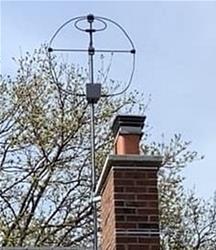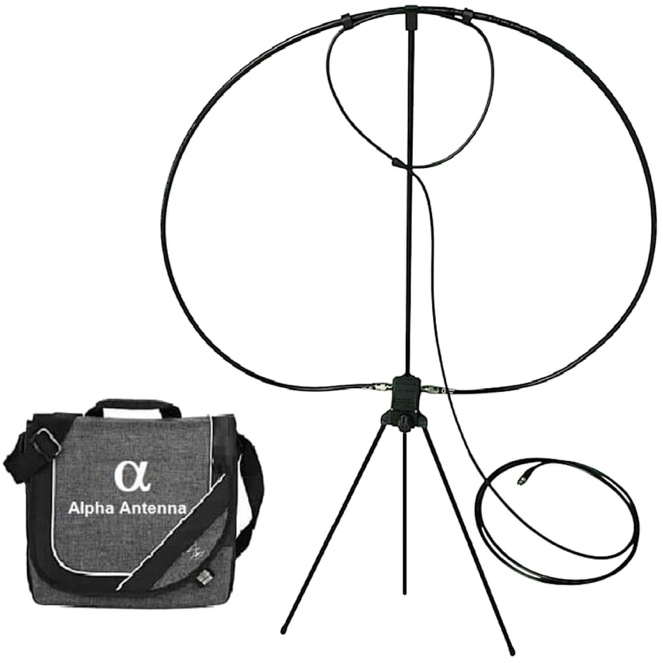Everyone has that one uncle.
My wife’s family would all gather at her grandparents’ farm in the backwoods of Kentucky a few times a year. It was a four-to-five-hour drive for most of us. Her one uncle always had a shortcut. We would be traveling on our usual route, and he would turn off to take his alternate path. Somehow his shortcut would take him from arriving with the group to pulling in about 45 minutes after everyone else arrived.
That’s kind of like taking a ham radio shortcut. You may save a few bucks or minutes on the front end, but it may cost you time, money, or that rare DX. Let’s look at a few shortcuts and their possible consequences.
I am always amazed at the number of calls I take on a weekly basis from operators who have been on the air for a number of years with no bonding and grounding. While it is entirely possible not to ground your station and operate just fine, a properly grounded station can mitigate common mode and RF interference, static electricity issues, and much more. This is a station upgrade you want to take care of before you have an issue. A good place to start is this reference from Ward Silver, N0AX, “Bonding and Grounding for the Radio Amateur, 2nd Edition.”
Bonding and grounding is also a great idea when operating portable. Grounding a portable station is often easier and less expensive than a base station. For me, it is a wire from the grounding lug to a barn spike which I press into the ground. For a detailed look, read the article “Grounding and Bonding for Portable Amateur Radio Stations.”
Many operators, especially new ones, want a “One Radio Does It All” transceiver. This is quite convenient but not always the most effective choice. Mom used to say, “Jack of all trades but master of none.” Yes, you can buy one radio that is all band and all mode. They do everything okay, but nothing extremely well.
In most cases you can buy two radios that perform on the respective bands much better and for just a little more. When operating outdoors, there are many smart choices for a portable HF and a good VHF/UHF rig that will make you much happier in the long run.
Along the same line is the all-band antenna that relies on an antenna tuner. Antennas are a tough call. Many are subject to HOA or space limitations that force you to make compromises. While a compromise antenna is better than no antenna, I would advise to look at what type of operation you intend to do and find the best option available. I talk to a lot of operators who have never operated on 160 or 80 meters. Maybe a resonant 40-10M antenna is your ticket. Just remember, a tuner does not make an antenna resonant; it merely causes the radio to see a resonant picture.
If you are dealing with stringent space or HOA limitations, it’s worth looking into a MagLoop (below) or possibly a screwdriver antenna mounted for a permanent installation (one example is combining the Yaesu ATAS-120A Auto Active Tuning Antenna with a WiMo ATAS 100/120 HF Counterpoise Kit). These fit in small areas and can be easily hidden. Plus, they can be very efficient.


Until next time, 73 from AC8OW

